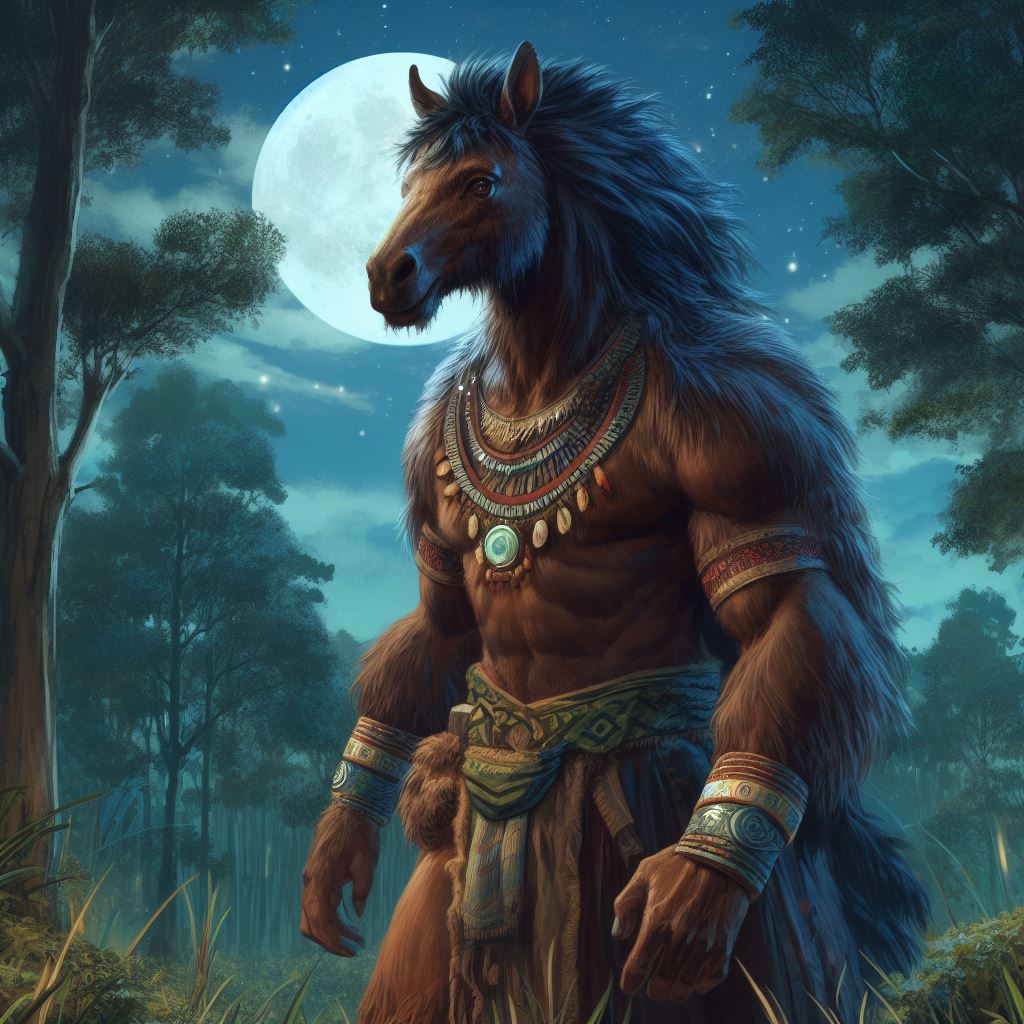
The Tikbalang is a mythical creature from Philippine folklore described as having the head and torso of a human combined with the body of a horse.
Also known as Tigbalang, Tigbalan, or Tikbalan in Tagalog, this strange hybrid beast occupies a prominent place in legends across the Philippines, with tales of its origins and encounters continuing to capture the imagination of many Filipinos today.
In this article, we’ll explore the characteristics, powers, weakness, history and cultural significance of the Tikbalang.
We’ll investigate theories around real-world inspirations for the creature and examine accounts of alleged Tikbalang sightings.
Finally, we’ll answer some frequently asked questions to uncover the truths behind this bizarre werehorse cryptid.
ads content
Appearance and Anatomy of the Tikbalang
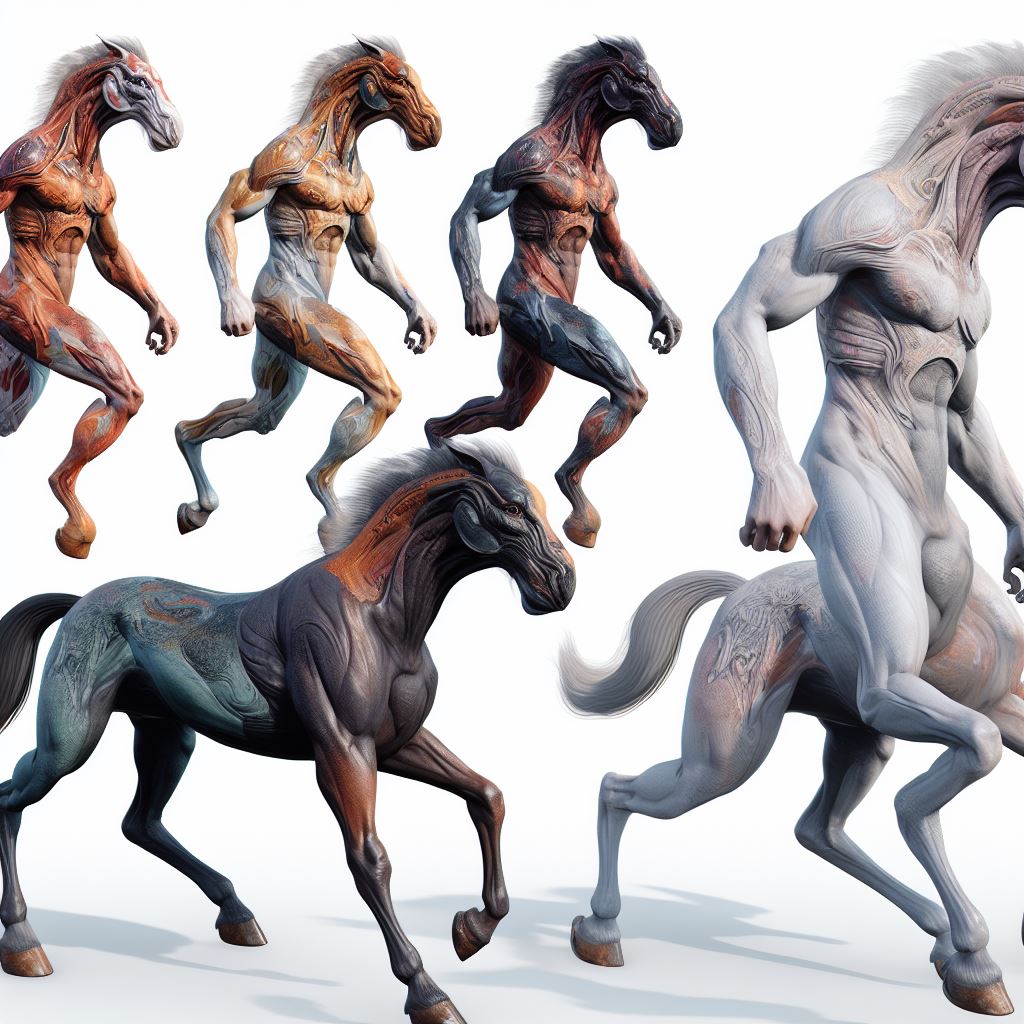
The Tikbalang has an unnerving, almost centaur-like form with the head, torso and arms of a human combined with the body and legs of a horse from the chest down.
Horse-Like Features
- Four-legged with hooves instead of feet
- Muscular horse chest, shoulders, haunches and rear
- Tail like a horse’s tail
Humanoid Upper Body
- Human-like head with long, unkempt hair covering the eyes
- Hands with long claws or fingernails
- Torso, arms and shoulders of a man
The size estimates of alleged Tikbalangs range widely, from average horse height to towering 12-foot monsters. Common descriptions depict them as unusually tall, with authorities disagreeing on whether a typical Tikbalang would stand eight, ten or twelve feet high.
When it comes to coloration, Tikbalangs are usually said to have dark bay or black horse bodies. Their human hair and complexions may be black, brown or even pale white.
Related: Top 5 Scariest Mythical Creatures
Tikbalang Powers and Abilities
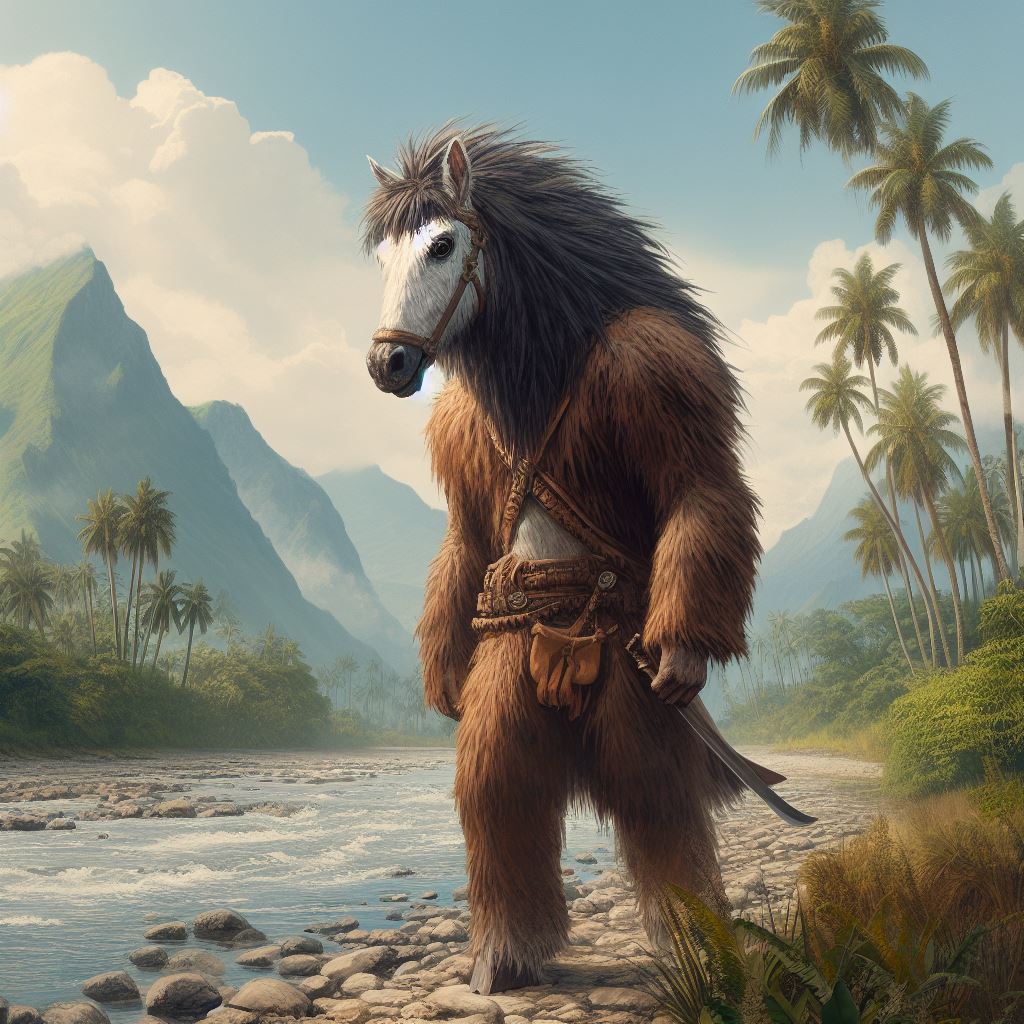
Tikbalangs possess a wide array of magical powers and preternatural talents associated with shapeshifting, mind control and manipulating nature:
- Shape-Shifting – They can transform into humans, black horses, other animals or hideous monsters
- Nature Control – Ability to manipulate plants and weather
- Enhanced Strength, Speed and Agility – With strength, stamina, speed and jumping ability far beyond an ordinary horse
Using these talents, Tikbalangs are notorious in folk tales for leading travelers astray, kidnapping people and perpetrating bizarre magical pranks.
They have a complex love-hate relationship with humans – sometimes acting aggressively, sometimes forming romantic fixations.
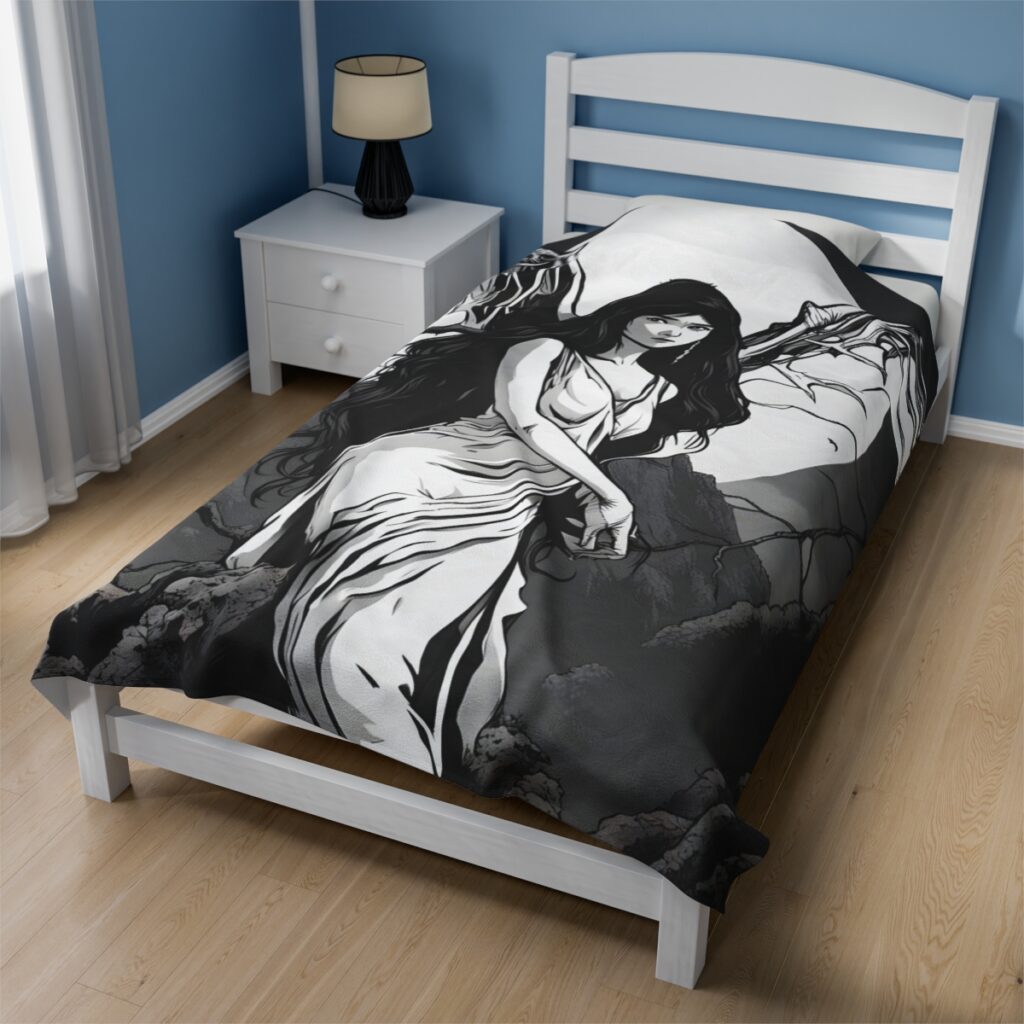
Manananggal Filipino mythical creature blanket
Tikbalang weakness
According to folklore, if one manages to reverse the direction of the Tikbalang’s knee joints or place a mirror in front of it, the creature becomes disoriented and loses its way
Legendary Origins and Background
The foundations of the Tikbalang myth likely lie in ancient attempts to explain frightening phenomena in nature.
Primal cultures, seeking to make sense of unseen forces governing the wilderness, invented these half-human boogeymen as a personification of nature’s unpredictable power.
Over the centuries, oral folk tales standardized the image and abilities of the Tikbalang werehorse, eventually inserting them into traditional Philippine mythology where they continue to play a prominent role.
ads content
Cultural Significance and Representations
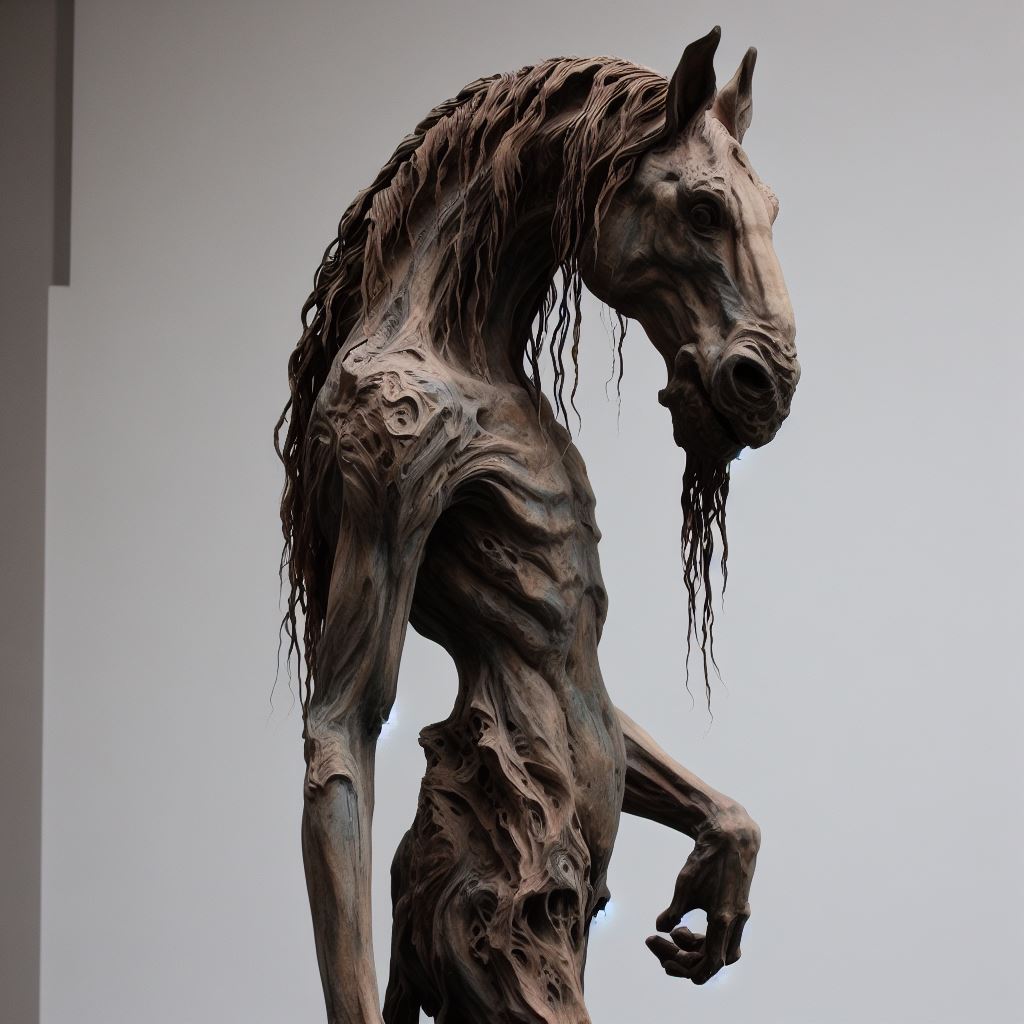
As a well-known mythical creature from Philippine legend, the Tikbalang frequently appears in popular media, art and literature within Filipino culture.
Depictions emphasize traits like the Tikbalang’s association with darkness, its trickster nature or its dual horse-human anatomy.
In a spiritual sense, Tikbalangs symbolize untamed forces of nature. They represent the unknown, inhospitable areas of wilderness Indians feared outside their villages.
Consequently, many tribal taboos and precautions relate to avoiding these werehorses – particularly when venturing into their forest and mountain habitats.
Encounters and Experiences
While consensus suggests Tikbalangs are imaginary mythological creatures, a body of eyewitness accounts points to real-world sightings – mostly by rural Filipinos and those spending time in remote wilderness areas.
Reported encounters describe dark horse-like beasts that stand ten feet tall or more. They display disturbingly human characteristics with flowing hair, claws and unnaturally long limbs.
In some cases, Tikbalangs vanish instantly when spotted, lending credibility to their reputed ability to teleport.
Theories and Analysis
Those taking a skeptical view regard Tikbalang accounts as misidentified animals, hallucinations or hoaxes. However, others offer three alternative explanations:
- They represent a real supernatural or multidimensional entity – perhaps demons or nature spirits manifesting physically.
- The creature symbolically embodies metaphysical forces – a Jungian archetype given form.
- Tikbalangs personify environmental damage – their hostility reflecting harm humans cause nature.
Tikbalang Frequently Asked Questions
What does “Tikbalang” mean?
“Tikbalang” derives from an ancient Tagalog word referring to a malevolent spirit or demon. “Tigbalang”, “Tigbalan” and “Tikbalan” serve as variant spellings.
Do Tikbalangs really exist?
While no scientific evidence proves Tikbalangs exist as physical rather than symbolic beings, many Filipinos stand by first and second-hand sightings – lending an air of ominous mystique around the creatures.
What is a Tikbalang in Tagalog?
The Tagalog terms for Tikbalang include “Tigbalang”, “Tigbalan” or “Tikbalan”. All three names refer to the same mythical horse-human monster in Philippine legends.
Is Tikbalang a Centaur?
Both creatures have an equine lower body combined with a human upper body. However, Tikbalangs differ from Greek centaurs in details of anatomy, personality and abilities.
Is Tikbalang a demon?
Some Philippine myths classify Tikbalangs as demonic entities or evil spirits rather than earthly animals. Accounts of cruel behavior patterns and sinister magical powers support interpretations of them representing demonic influences.
What is the smell of Tikbalang?
According to folk beliefs, detecting an awful, overpowering stench alerts people to the proximity of lurking Tikbalangs in wooded areas. Think the smell of sweaty horses combined with pungent body odor.
Conclusion
The enduring legend of the Philippine Tikbalang continues to evolve and spark debate.
A mainstay of Filipino folklore, Tikbalang tales, artistic depictions and alleged modern sightings keep its mysterious story alive in popular culture.
Representing the unknown forces governing nature’s more sinister side, this disturbing werehorse creature seems poised to remain an intriguing and chilling part of island mythology for centuries to come.
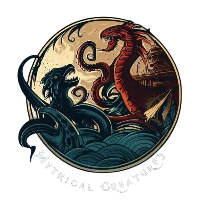

![Siyokoy Pathfinder Merman in Philippines Mythology [Pics] 7 mythical creatures art Siyokoy Pathfinder Merman in Philippines Mythology [Pics]](https://mythicalcreatures.blog/wp-content/uploads/2023/09/Siyokoy-sea-mythical-creature-Filipino-mythology-768x768.jpg)